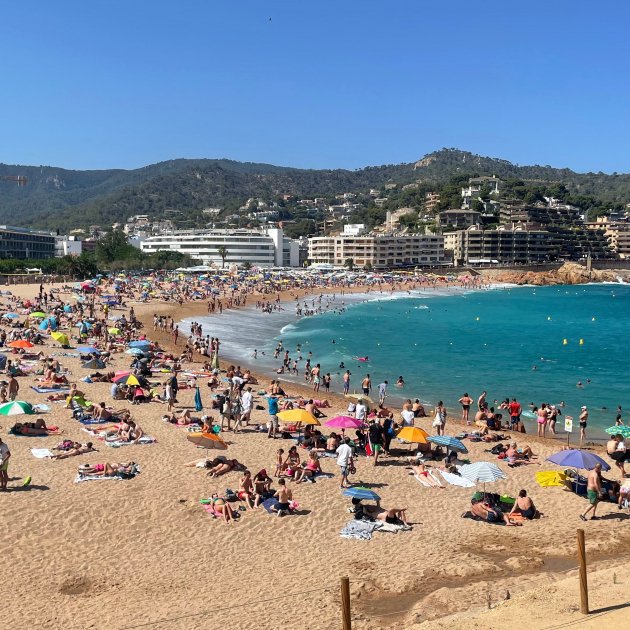The stretch of Catalonia’s coastline northeast of Barcelona lasting until the French border is all referred to as the Costa Brava, and over the years, the Costa Brava has become one of the top vacation destinations in Europe. With a gorgeous coastline, welcoming coastal cities, great cuisine, and many of Spain’s best cultural museums, the Costa Brava is a beautiful place for anyone looking for a weekend getaway! To learn about the many opportunities the Costa Brava has to offer, follow this guide to exploring Catalonia’s gorgeous coastline.
🏖️ Best beaches in Catalonia: where to go in Sitges, Costa Brava, and Tarragona
🍹 Best beach bars in Barcelona: the 5 seafront spots you cannot miss this summer
How to get to the Costa Brava
The Costa Brava’s proximity to Barcelona means it’s not very hard to get there. Depending on which town you’re headed to, there are generally a variety of bus and train routes that go between the Costa Brava and Barcelona every day. Apps like Omio are a great tool to help find cheap tickets, and websites like Booking.com or Airbnb have a huge variety of rooms for any budget if you want to stay the night.
👉🏼 Figueres and the Teatre-Museu Dalí: everything you need to know for a Salvador Dalí day trip
What to do in the Costa Brava
The Costa Brava is brimming with attractions anyone will enjoy! The idyllic townscapes offer a refreshing breath of fresh air from the busy city, while still containing some of Spain’s most well-known attractions. Here’s a look at some of the ways you can spend your day on Catalonia’s gorgeous coastline.
Visit the beaches
While the literal translation of Costa Brava is ‘rugged coast,’ resort destinations like Lloret de Mar and Tossa de Mar are some of Spain’s premier beach getaways. These beaches are always buzzing with tourists, and the nearby towns have great options for gelato, seafood, and fruit smoothies while you take in the beach’s great sights. If you don’t have your sun umbrella, don’t worry, you can rent one to relax on the beach in the shade.
Explore the medieval castles
Several towns on the Costa Brava like Lloret de Mar, Tossa de Mar, Peralada, and more contain medieval castles dating back centuries. Many of the region’s castles were built between the 12th and 14th centuries, when Costa Brava was on the border of the gateway between the Christian and Arab worlds. These castles were generally used by royalty or wealthy clergy to defend their region from invasion. Even in modern times, many of Catalonia’s castles still stand tall in their medieval glory, hosting historical tours and even music festivals.
Visit the museums
In the five counties making up the Costa Brava, there are nearly 50 museums. Some fill incredibly specific niches, like Museu de la Confitura, a gastronomic and specifically jam and marmalade museum, while others like Museu de la Meditarránia cover broader history. Others like the Dalí Theatre-Museum in Figueres give a unique glimpse into the life of famous Catalan surrealist Salvador Dalí. Because there are such a big variety of museums in the region, it’s recommended you look into if there are any close to your stay! Lots of them offer special deals and activities depending on the day of the week, so make sure to do your research!
